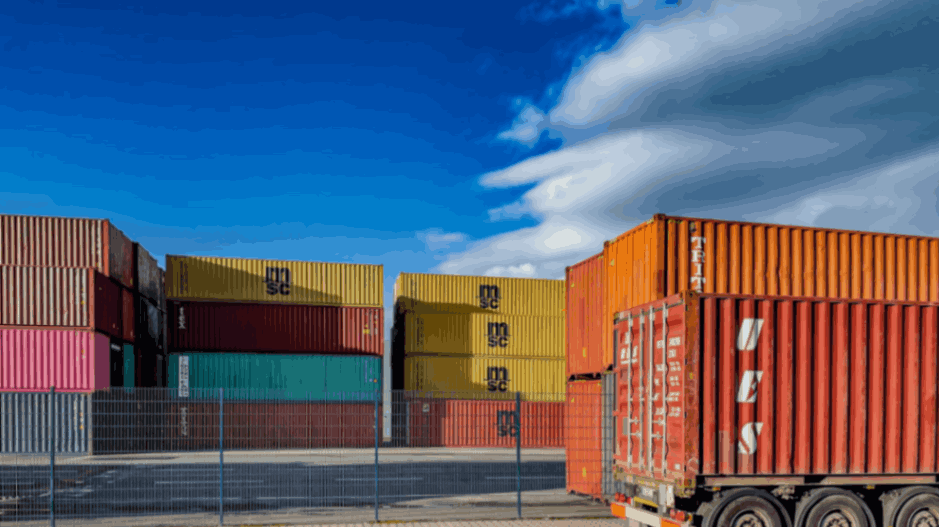Contents
A cloud workload is any program, service, database, or other operation carried out on the cloud. Virtual servers, data backup, containers, networks, and even traditional computer hardware are examples of these workloads. Any workloads hosted on the cloud are cloud workloads, even though their precise goals may vary.
Why Is It Vital to Have a Cloud Workload Protection Platform (CWPP)?
Enterprise computer infrastructures have gotten more complicated during the last ten years. The rising use of the cloud is a prominent factor in this complex growth. This tendency is understandable given the numerous advantages firms experience when moving their technological assets to the cloud.
Cloud workload protection becomes crucial in this situation. After all, anytime a hacking incident occurs, any company’s reputation and profitability might make a significant impact. Vendors in the SecOps sector provide a range of CWPP cloud technologies to address the expanding cybersecurity demands. CWPPs dedicate to workloads, unlike older security solutions like Endpoint Protection Platforms (EPPs). It’s a strategy more suited to the wide range of cloud systems.
Enterprise cybersecurity systems ultimately require advanced security features to safeguard contemporary cloud-based technical architectures. As a result, CWPPs support data centers that are hybrid, public, corporate, and multi-cloud.
How Is a CWPP Put into use?
Any workload deployed overseas on a company’s public cloud must manage by a cloud workload protection platform. Network administrators frequently assess workload vulnerabilities. The administrator uses a variety of security measures as needed for the workload. These choices include host-based intrusion prevention, integrity or data protection, and allow lists. Anti-malware security is another choice based on the enterprise’s demands for SecOps.
The nature of the organization will also affect other use cases. Software development companies, for instance, might incorporate CWPPs into the automated workflows in their CI/CD pipeline, usually as a component of the build process. This methodology increasingly uses by businesses that employ DevOps or DevSecOps approaches.
What Are the Main Advantages of CWPPs?
A CWPP offers an intuitive administration interface for a company’s on-premises, private, and public clouds. Cloud engineers quickly learn in real time about workloads that might be dangerous. Thanks to the easy connection with other cloud management tools, administrators have a handy interface to monitor workloads, general security posture, and other network components like firewalls.
The team can respond to dangers more rapidly thanks to automated notifications. Response times for actions like creating application permit lists, changing postures, and more improve with support for business policy scripting. In a nutshell, CWPPs streamline and improvize the process of managing safety for any hybrid cloud system.
All cloud workloads deployed in an IaaS (infrastructure-as-a-service) architecture are also fully protected by it. As more businesses use virtualization, the complexity of cloud systems is growing. This tendency makes it challenging to secure cloud systems. Therefore, CWPPs are an essential component of every company’s cybersecurity strategy.
As part of a comprehensive plan for technological infrastructure based on the cloud, CWPPs also enable businesses to save expenses. This strategy aids in lowering maintenance and facility overhead costs and capital expenditures on hardware computers and other components. This “green” strategy benefits firms that care about the environment.




